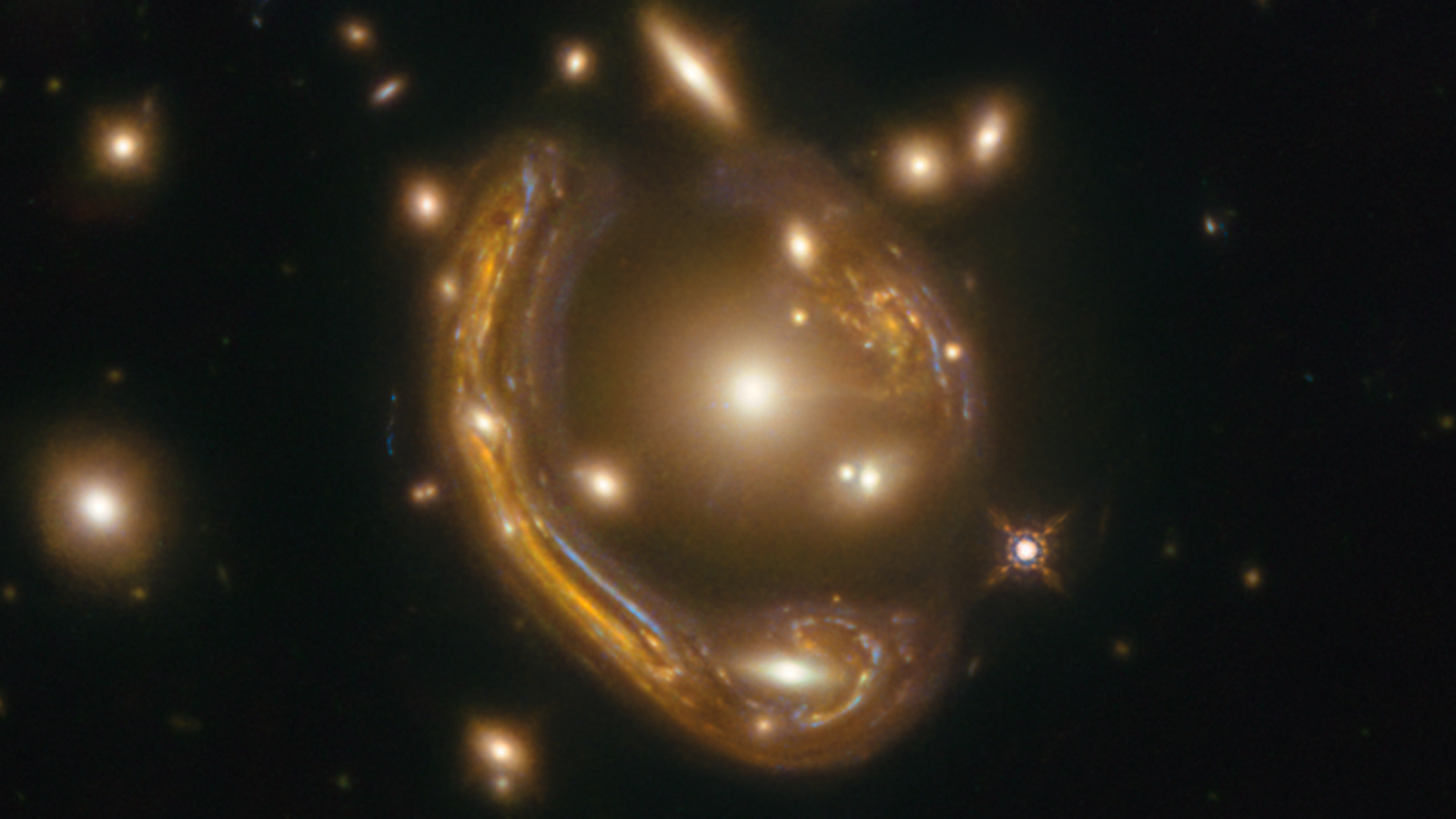Scientists have studied the secrets of distant galaxies visible not only to the Hubble Space Telescope, but also to the optical phenomenon in space known as the “Einstein Ring”.
Hubble is one of the largest astronomical instruments ever taken into space. It has orbited the earth at an altitude of around 540 km since 1990 and captured some of the most fascinating space images humans have ever seen.
Last December, an image was taken of one of the most complete “Einstein Rings” ever seen, a phenomenon theorized by the great scientist in General Theory of Relativity – and now scientists have published their research on what they learned.
The object’s unusual appearance is caused by gravitational lensing, something that happens when light from a distant galaxy is distorted by a massive object between the source and observer.
First theorized in 1912 before Einstein officially published his theory in 1916, the phenomenon observed by Hubble showed that the light of distant galaxies was magnified by a factor of 20.
That makes Hubble’s observation capacity effectively the equivalent of a 48 meter (157 ft) telescope compared to the 2.4 m (7.8 ft) aperture it actually has.
This physical property was only discovered after astronomers accurately modeled the effect of lens flare on images of distant galaxies.


